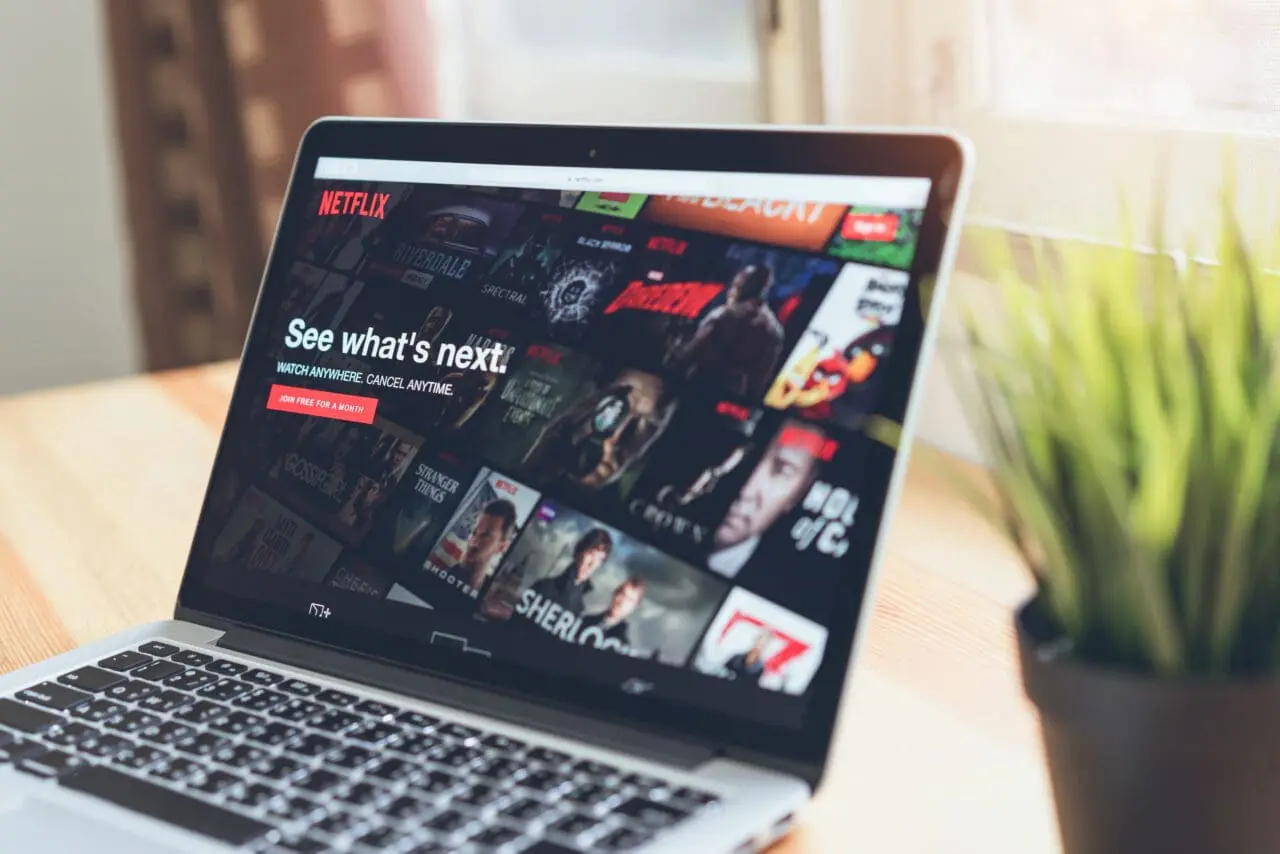

This article looks at the possible causes of the recent significant losses of Netflix subscribers and what’s next for the global streaming giant.
In its Q1 results, the world’s biggest global streaming service, Netflix, revealed that it had lost 200,000 subscribers in the first 3 months of the year. It’s a far cry from the early days of lockdown when families who had to stay at home signed up to Netflix, and the company reported a massive gain of 8.5 million new users in the fourth quarter of 2020 (36 million subscribers in total in 2020). By April 2021, however, Netflix blamed a significant slowdown (2 million fewer subscribers than forecast) on the downturn in the production of new content during the pandemic. However, with new subscriber numbers going from bad to worse, share prices falling by 35 per cent, competitors like HBO and HBO Max picking up the lost subscribers, and Netflix cancelling many new shows and movies to mitigate the losses, what’s been going wrong and why, and what could be next for Netflix?
Some of the main difficulties that have led to the huge loss of subscribers from Netflix include:
– Like many other companies, they are pulling out of Russia due to their waging war against Ukraine. This has reportedly lost Netflix 700,000 viewers. However, Netflix is reported to have gained 500,000 new subscribers since the start of 2022, which offsets the loss to an extent.
– A large number of Netflix viewers are not necessarily paying subscribers. This is because accounts (i.e. account passwords) are often shared between family members – an estimated 100 million households watch the service for free using shared passwords. This has led to Netflix testing (in Chile, Costa Rica, and Peru) monthly payment plans to add user profiles for people outside their households. If successful, this could be rolled out to other countries, but some commentators believe this could cause another drop-off in subscribers and make it difficult to attract new ones.
– The cost of living crisis (food, fuel, and energy) is forcing people to cut back on subscriptions and what some see as non-essential products and services, such as streaming service subscriptions.
– A price increase in the US in January, a price increase for UK Standard and Premium subscriptions in January, and another price increase scheduled for May have caused some customers to cancel and/or switch to another service.
– A slowing rollout of broadband and the threat of plans that would allow broadband giants to charge tech companies for access to their networks.
– A lack of new programs and films being made during the pandemic affects Netflix’s content (and other services) could offer.
– Increased competition, e.g. from Disney Plus, Prime Video, HBO and HBO Max, and Apple TV.
– The effects of the widescale news coverage that Netflix is losing subscribers and of Netflix’s warning to shareholders that another 2 million subscribers look likely to leave in the 3 months to July.
In response to the subscriber drop-off crisis, in addition to planning to possibly introduce different payment plans to get revenue from family and friends sharing passwords, other measures Netflix is taking include:
– Cancelling the development of many new shows and movies, particularly in its animation department. This is despite Netflix also saying that it plans to improve its programming quality.
– Considering the introduction of a cheaper, ad-supported subscription for consumers.
– The price increase next month.
– The possible introduction of a free games service for subscribers.
Looking at Netflix’s challenges quickly and briefly through Harvard Business School’s famous business strategist Michael E Porter’s ‘Five Forces’ model helps to highlight the position of Netflix:
The threat of New Entrants:
Netflix is now facing some serious competition, although as the leading platform, Netflix is in an excellent position to negotiate with content creators in a way that new entrants can’t.
The Threat of Substitutes:
With the world now mostly opened up from the pandemic and the increasing penetration of technology into everything, the threat of substitutes is significant, e.g. gaming, Spotify, AR and VR, and more.
Bargaining Power of Customers:
With a subscription model, a price-sensitive (cost of a living squeeze) customer base, and plenty of competition, plus the ease of switching, customers (as subscription drop-offs have shown) currently have considerable bargaining power.
Bargaining Power of Suppliers:
Although Netflix is still highly dependent on licensed content, as the biggest service with multiple agreements for how its service is delivered and its power over content creators, supplier power is not generally a massive threat to Netflix.
Competitive Rivalry:
Clearly, with many other alternative services now in what is still a booming market (Disney Plus, Prime Video, HBO and HBO Max, and Apple TV), levels of competitive rivalry are now a serious threat to Netflix.
Although the news for the last quarter was bad, and more subscriber loss is predicted, it shouldn’t be forgotten that Netflix is still a global leader in its market with 222 million subscribers and with a good portion of households as subscribers in its main markets, the US and Canada (75 million out of a total 142 million). Netflix may find it difficult to suddenly start charging for all users when it has essentially allowed password sharing for so long; this and the content are likely to have been motivators to choose and continue with Netflix. Price increases to cash-strapped pandemic restriction-free customers may also be high risk, as may cancelling new content (Netflix believes that customers value its content quality). However, the losses of Netflix are now the gains of the increasingly intense competition (HBO picking up 3 million subscribers), and a changed post-pandemic environment where there are now many different tech entertainment alternatives makes for a challenging environment going forward. Things look, as forecasted, like getting a bit worse for Netflix before they get better.
This website uses cookies to improve your experience. Choose what you're happy with.
Required for the site to function and can't be switched off.
Help us improve the website. Turn on if you agree.
Used for ads and personalisation. Turn on if you agree.
This website uses cookies to improve your experience. Choose what you're happy with.
Required for the site to function and can't be switched off.
Help us improve the website. Turn on if you agree.
Used for ads and personalisation. Turn on if you agree.